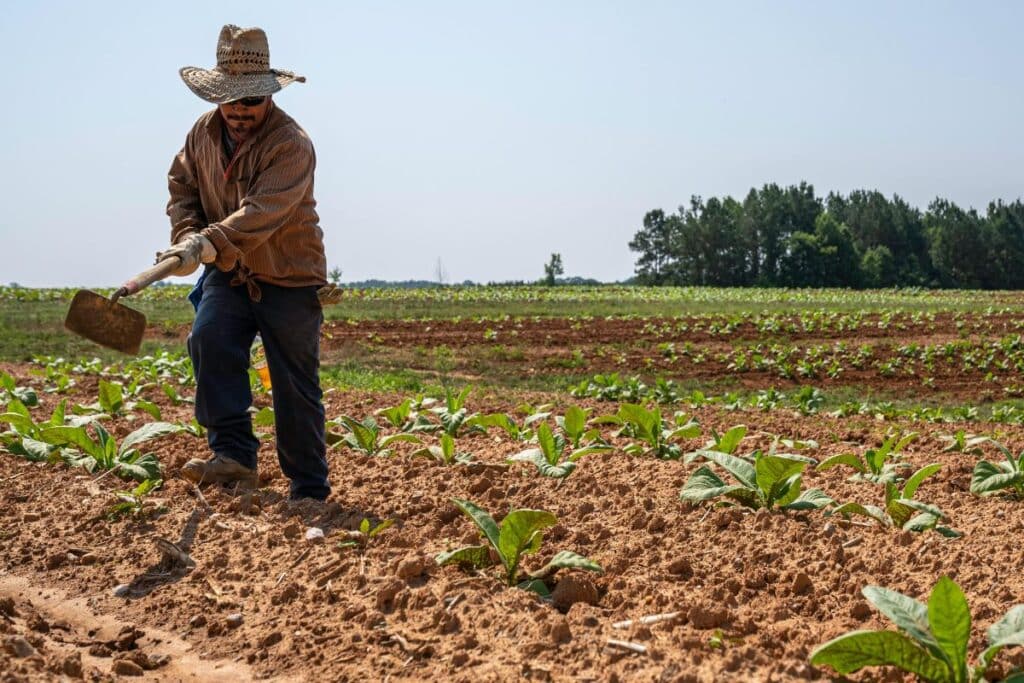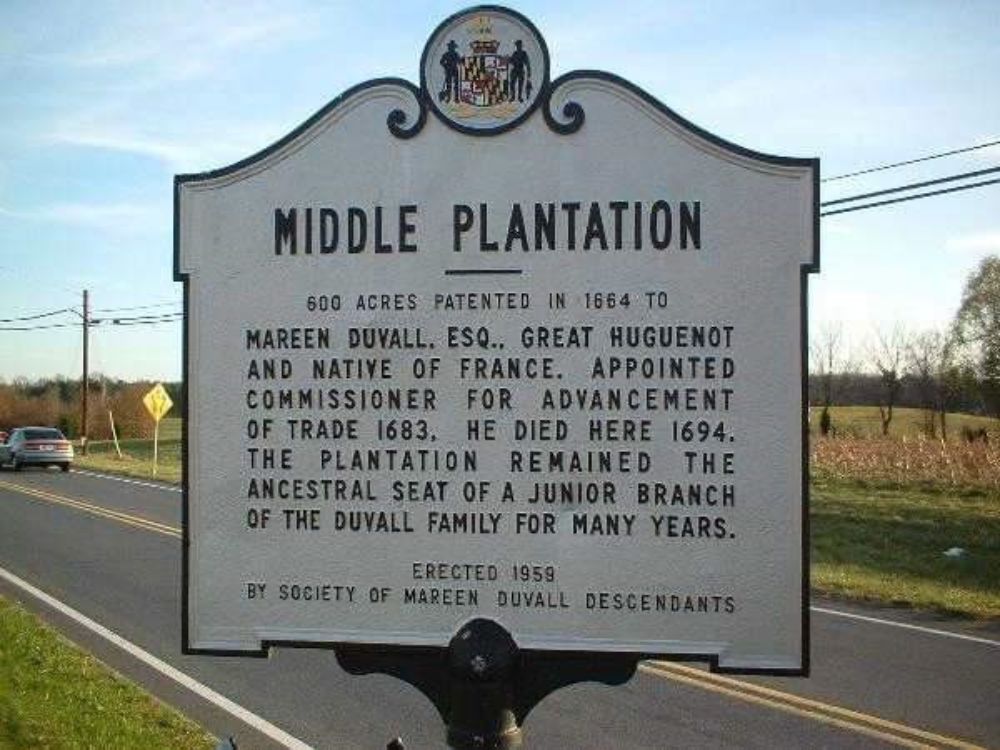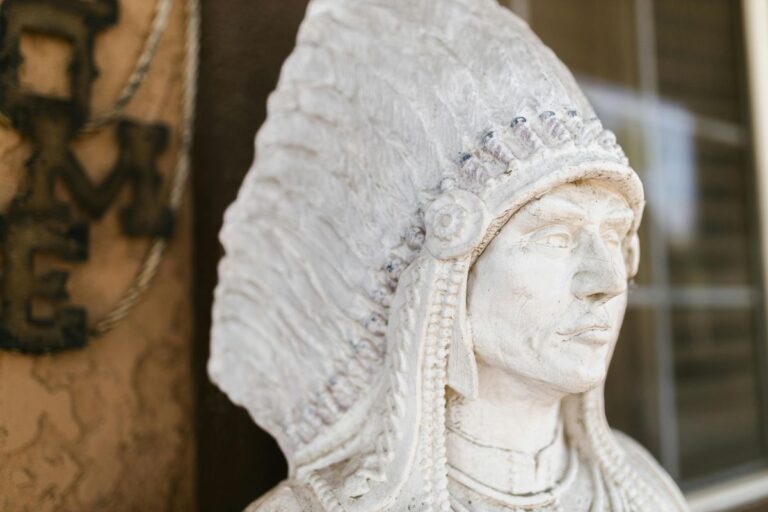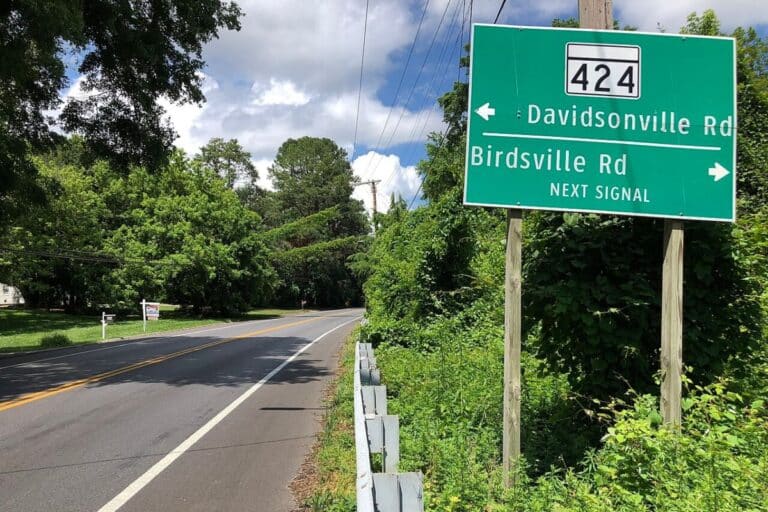Davidsonville, Maryland, a charming community nestled in Anne Arundel County, boasts a rich history that stretches back centuries. But before it was known as Davidsonville, this area was called Middle Plantation. Understanding this earlier period sheds light on the development of the town we know today and its significance in Maryland’s history.
The Origins of Middle Plantation
Middle Plantation dates back to the 17th century, a time when Maryland was still a fledgling colony. The plantation was part of a wave of land grants established under Lord Baltimore’s proprietary governance. Davidsonville, strategically located between the Chesapeake Bay and Patuxent River, offered fertile soil and access to waterways—key factors in the plantation’s development.
Middle Plantation became a center for tobacco farming, a crop that dominated the Maryland economy during the colonial era. Tobacco plantations like Middle Plantation contributed significantly to trade with England, laying the foundation for economic growth in the region.

Middle Plantation and the Enslaved Workforce
Like many plantations of its time, Middle Plantation relied heavily on enslaved Africans to sustain its agricultural productivity. These individuals worked tirelessly in the tobacco fields, often under harsh conditions, to support the plantation’s operations. The legacy of this labor remains an essential part of Middle Plantation’s history, offering a stark reminder of the human cost of the early American economy.
Historical records suggest that the plantation’s success was tied directly to the labor and skills of enslaved workers. Today, historians and preservationists strive to honor their contributions by uncovering and documenting their stories.
Architectural Significance of Middle Plantation
A Glimpse into 18th-Century Design
One of the standout features of Middle Plantation is its architecture. The plantation house, built in the Georgian style, reflects the architectural trends of the 18th century. Notable for its symmetry, brickwork, and grand proportions, the house is an enduring symbol of colonial Maryland’s affluent plantation culture.
Ongoing preservation efforts aim to maintain the structural integrity of the plantation house and to honor the complex history of all individuals associated with the estate, including the enslaved workers whose labor was foundational to its prosperity.
The Plantation’s Role in Davidsonville’s Development
As a prominent agricultural hub, the plantation’s extensive tobacco cultivation contributed to the local economy and facilitated trade within Anne Arundel County. The plantation’s operations necessitated the construction of infrastructure, such as roads and storage facilities, which laid the groundwork for future community development.
The original 600-acre tract of Middle Plantation played a pivotal role in shaping the landownership patterns of the area. Over time, portions of the estate were subdivided and sold, leading to the establishment of new farms and residences.
This fragmentation influenced the layout of Davidsonville, contributing to its rural character and dispersed settlement pattern. The rural charm of Davidsonville, characterized by open fields and historic structures, reflects the lasting impact of Middle Plantation’s land use and agricultural heritage.
Today, Middle Plantation is recognized for its historical and architectural significance. A historical marker, erected in 1959 by the Society of Mareen Duvall Descendants, commemorates the estate’s rich heritage.

Preservation and Legacy
Middle Plantation serves as an educational resource for historians, students, and visitors interested in Maryland’s colonial history. Tours and exhibits offer insights into life during the plantation era, providing a nuanced understanding of the complexities of that time.
Modern interpretations of Middle Plantation’s history emphasize inclusivity, acknowledging the experiences of all who lived and worked there. By highlighting the contributions and struggles of enslaved people, preservationists ensure that the plantation’s history is told in its entirety.




